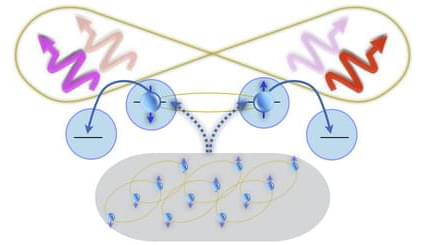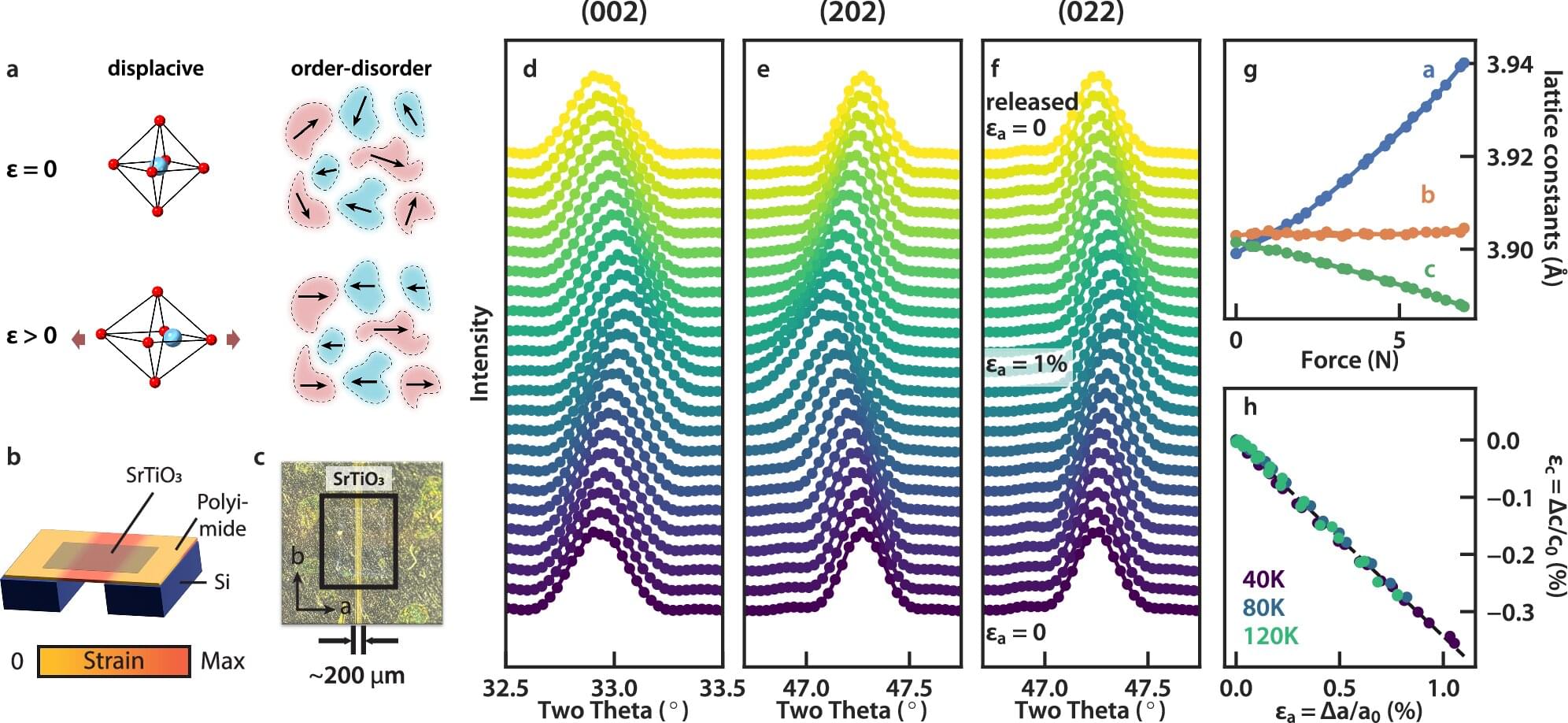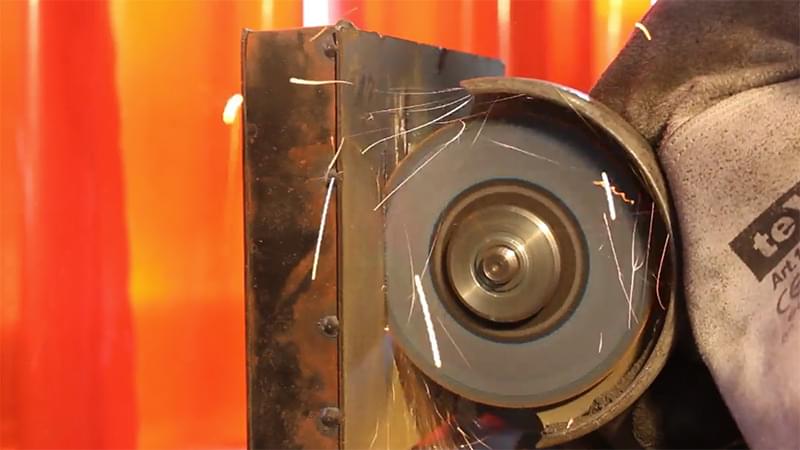Bike locks or lightweight armour that cannot be cut by any tool, even angle grinders or high-pressure water jets, sound like an unattainable dream.
They could be remarkably close, however, thanks to a new ‘non-cuttable’ material developed by engineers at Durham University and the Fraunhofer Institute in Germany.
Researchers took inspiration from shells to create the strong and lightweight material, named Proteus after the shape-changing mythical god. Another unusual inspiration was grapefruit, which have very high impact resistance – when dropped from a height, for example – with very lightweight peel.
The material resists cutting by turning the force of a cutting tool back on itself. It is made of ceramic spheres encased in a cellular aluminium structure, similar to the organic tiles interlinked by biopolymers in abalone sea creatures.
Cookies are used to store and retrieve information from your browser. It may be about you or your device and is mostly used to make the site work as you expect, but also to tailor your experience on this and other sites.









